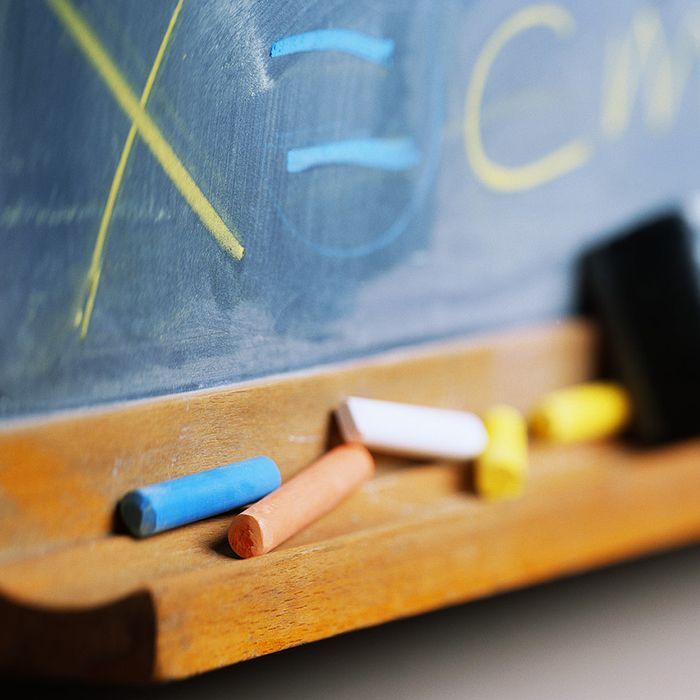EQAO is a dirty acronym in this part of the province these days.
The Education Quality and Accountability Office numbers for the Lambton-Kent District School Board and the St. Clair Catholic District School Board aren’t stellar for the 2013-14 school year. EQAO numbers represent the percentage of students that meet or exceed provincial standards.
At the Catholic board, Grade 3 and 6 students lagged behind the province in reading, writing and math, in two cases as far as eight percentage points.
Meanwhile, the LKDSB trailed the provincial average in every category except for Grade 6 reading.
Taf Lounsbury, superintendent of education with the LKDSB, said looking at this year’s figures alone doesn’t provide an accurate picture.
“We’re generally pleased with the board’s results. Over time, we’re steadily marching up the trajectory,” she said. “We’re finding the students in need and trying to support them.”
Dan Parr, director of education for the St. Clair Board, said the low numbers at that board are challenging.
“And we intend to address these challenges by ensuring those promising practices that have led to good results in St. Clair over past years are in place in every one of our classrooms and every one of our schools,” he said.
He said the board isn’t about to do an about face and head off in a new direction.
“We’re not going to unveil a new set of strategies or a new set of resources or new set of abilities to answer these challenges,” Parr said. “We’re going to stick with what we know works, because they are working in other parts of the province and they have worked in St. Clair for most of the past years of the EQAO.”
Lounsbury is frustrated with LKDSB math results, where Grade 3s sit at 62%, with the provincial average up at 67%. The disparity is higher at the Grade 6 level, where the provincial average is 54%, and the board is down at 46%, figures matched by the SCCDSB.
“Our math is representing the provincial trend,” she said. “We can’t just seem to get it up there. We are kind of in a hold and maintain in math and want to reverse that.”
She said there are some success stories, as there are 17 schools in the board that are above 75% in Grade 3 math results.
“We want to get into those schools and talk to the teachers and the students, find out what is going on in math and what is working,” Lounsbury said. “And we will go into the lower schools and find out what they think can help them.”
For LKDSB results, including school by school numbers, click here.
To check out SCCDSB results, click here.







